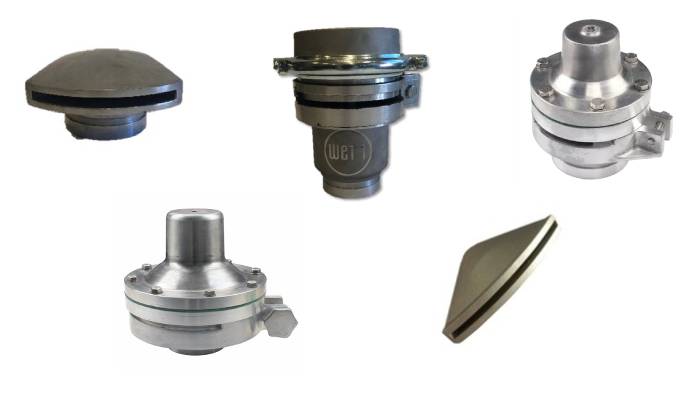Spray Valves from WACME: Factors to Consider for Optimal Fluid Flow
24 April 2024
Optimise fluid flow with spray valves from WACME. Learn how to choose the right spray valve for your operation and discover the factors for optimal fluid flow.
In industries ranging from manufacturing and agriculture to automotive and food processing, spray valves must be maximised to help optimise applications that transfer liquids, gases, or slurries. These valves are intended to control the flow, direction, and distribution of these elements in various industrial processes. From coating and cleaning to lubricating and cooling, spray valves are significant components that ensure efficient and effective fluid application.
Spray Valves: A Quick Overview
Spray valves are devices designed to atomise fluids into fine droplets or mist for uniform and controlled application. They consist of a nozzle or orifice through which the fluid passes under pressure, creating a spray pattern that can be adjusted to meet specific application requirements. Spray valves are available in various designs and can be acquired from WACME, offering unique advantages and properties for different applications.
Choosing the Right Spray Valves
When choosing spray valves for industrial applications, several factors must be taken into account to ensure optimal fluid flow and performance. These factors include the following.
• Flow Rate and Pressure: The flow rate and pressure of the fluid are critical parameters that determine the amount and velocity of the spray. You must select spray valves with the appropriate flow rate and pressure rating to ensure consistent and uniform application of fluids, avoiding over-saturation or under-coating of surfaces.
• Spray Pattern and Coverage: Different applications require specific spray patterns, such as flat fan, full cone, hollow cone, or mist, to achieve desired coverage and distribution. You must choose spray valves with adjustable spray patterns to allow for precise control over the spray angle and coverage area, guaranteeing efficient use of fluids and optimal surface coating.
• Material Compatibility: The compatibility of spray valve materials with the fluid being sprayed is likewise essential to prevent corrosion, contamination, or degradation of components. You should select spray valves made from chemically resistant materials such as stainless steel, brass, or plastic to achieve compatibility with a wide range of fluids and extend the service life of the valves.
• Environmental Considerations: Environmental factors such as temperature, humidity, and airflow can impact the performance and effectiveness of spray valves. Spray valves with robust construction and weather-resistant seals must be picked to secure reliable operation in harsh environmental conditions, such as outdoor or high-temperature applications.
Key Applications of Spray Valves
Spray valves find applications across various industries and processes.
For one, they can be used for applying paints, coatings, adhesives, and sealants in manufacturing and automotive assembly lines. They can also be maximised for dispensing detergents, disinfectants, and sanitising solutions in food processing, pharmaceutical, and healthcare facilities. Spraying cooling fluids, lubricants, and cutting oils in metalworking, machining, and precision engineering operations can likewise be achieved with these valves.
As industries continue to innovate and evolve, the demand for precise and reliable spray solutions will remain important, driving the development of advanced spray valve technologies that enhance productivity, quality, and sustainability in Australian industries. With the right spray valves from WACME and proper maintenance, your business can optimise fluid flow, minimise waste, and maximise the efficiency of your operations, ultimately contributing to your success and competitiveness in the market.
Optimized by: Netwizard SEO

